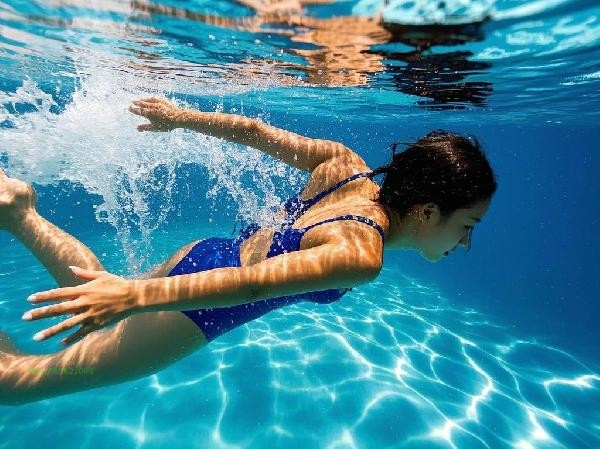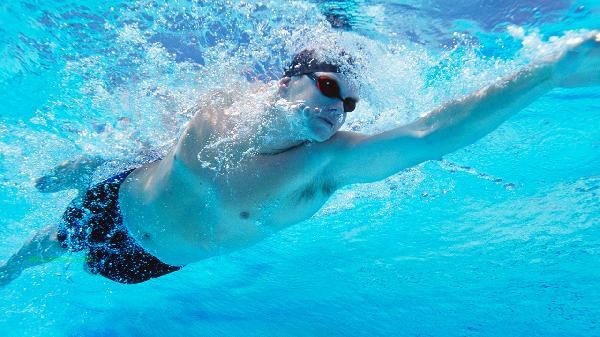Swimming pool water usually contains disinfectants, microorganisms, human secretions, and environmental pollutants. There are mainly substances such as sodium hypochlorite, trichloroisocyanuric acid, urea, sweat, dandruff, algae, bacteria, viruses, sunscreen residue, cosmetics residue, dust, leaves, etc.

1. Disinfectant
Chlorine containing disinfectants are commonly used in swimming pools to maintain water hygiene, with sodium hypochlorite and trichloroisocyanuric acid being common types. These disinfectants can effectively kill pathogenic microorganisms in water, but excessive use may cause irritating odors, and some sensitive individuals may experience skin itching or eye discomfort after contact. Disinfectants can react with organic matter to produce by-products, and their concentration needs to be controlled through regular testing.
2. Human secretions
Swimmers bring in sweat, sebum, urine, and other substances containing urea and ammonia, which consume disinfectants and lower water quality. On average, each person brings in about 50 milliliters of urine, and children are more likely to experience uncontrolled excretion. Secretions may react with disinfectants to produce trichloroamine, which is one of the main substances that irritate the respiratory tract.
3. Microorganisms
Even after disinfection, water may still contain parasites such as Cryptosporidium and Giardia, as well as bacteria such as Pseudomonas aeruginosa. Individuals with weakened immunity may experience diarrhea or skin infections upon contact. A standardized circulation filtration system and ultraviolet assisted disinfection can significantly reduce microbial content.

4. Chemical residues
Ingredients such as benzophenone in sunscreen and cosmetics can enter water bodies, and some substances may interfere with the endocrine system. Waterproof sunscreen is more difficult to degrade, it is recommended to rinse the body before swimming. Some swimming pools use copper sulfate to inhibit algae growth, and excessive use can cause the water to appear blue.
5. Environmental pollutants
Outdoor swimming pools may mix with particulate matter, pollen, and insects in the air, while indoor swimming pools may accumulate volatile organic compounds. After rainstorm, surface runoff may bring pesticides and other pollutants into the pool water. A comprehensive filtration system and regular water replacement are key measures to ensure water quality.

It is recommended to choose a properly operated swimming pool and pay attention to the residual chlorine and pH data on the water quality bulletin board. Take a full shower before and after swimming, avoid swallowing pool water, and wear goggles to reduce eye irritation. Children and pregnant women should control their single swimming time, and those with skin damage should temporarily avoid entering the water. If there are persistent skin itching or diarrhea symptoms after swimming, seek medical attention promptly for examination.






Comments (0)
Leave a Comment
No comments yet
Be the first to share your thoughts!